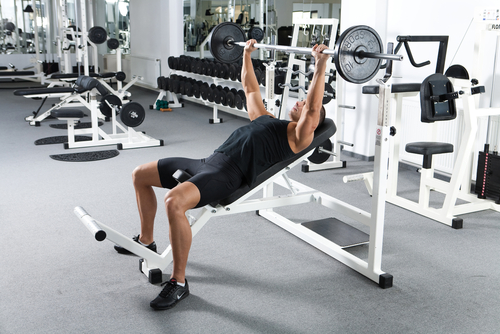Nov 17, 2016The Preparatory Phase
Last week, I discussed the general concept of periodization, which is planning based upon physiology. In this post, I want to offer ideas on the types of progress a coach should be looking for in the context of general preparation.
Periodization is based on specificity, intensity, and volume. This is the idea that we can build an individual’s physical capabilities by using what we know about the body’s reaction to certain specific stimuli–that is, exercise.
Periodization is generally broken down into three phases: general preparation, competition, and recovery.
Coaches working with young athlete, ages 14-22, should start with Bondarchuk’s concept of general physical preparation. That refers to the development of the basic athletic attributes — speed, strength power, endurance, flexibility, balance, agility, and, ultimately, coordination.
The preparatory phase develops these attributes by using the body’s reaction to specific types of exercise. The preparatory phase traditionally begins with a hypertrophy phase, moves to a strength phase, and then moves into a power phase.

Muscle hypertrophy refers to the increase in the size of muscle cells. The muscle thickens as a result of high volume lifts and short rests. This phase improves endurance, flexibility, and size, and it ultimately leads to strength. The SAID principle applies. The body makes a specific type of adaptation to a particular type of demand.
The second approach found in the early preparatory phase is the development of strength. In this phase we lift but the sets are shortened, the rest is longer and the value of weight lifted is greater. The body’s reaction is to develop strength. Strength is the maximum force a muscle can create at a specific rate of speed.
The third approach in the preparatory phase is power development. Power is the ability to move a weight at a high rate of speed. Power is developed using heavy weight and low repetitions, along with long rests. It can also be accomplished by moving a light weight very rapidly. This is a specific approach to lifting. This is directly correlated with speed.
These three phases build one on top of the other. Each one contributes to the development of speed, strength power endurance, balance, flexibility, agility, and coordination.
Every exercise performed within these three approaches to athletic development should be looked at carefully to see how it can contribute to the ultimate goal of being athletic.
Coaches should be looking at progress from two perspectives. First, they need to look to develop hypertrophy, strength, and power. Second, they should choose their exercise patterns to incorporate the athletic attributes. Think of exercise selection in terms of athletic attributes. For example, squatting does not just create hypertrophy–it also creates flexibility and endurance depending on the scheme you devise.
This is general physical preparedness. Progress in these areas is very important for both performance and safety.
This needs to be attended to if you really want to develop and educate your athlete. This is foundational work that pays off later.
Periodization begins with general preparation. Once you have a base and the athlete is well-rounded, you can go into the specific aspects of preparation.
The sports specific aspect of periodization will be the subject of our next discussion.



